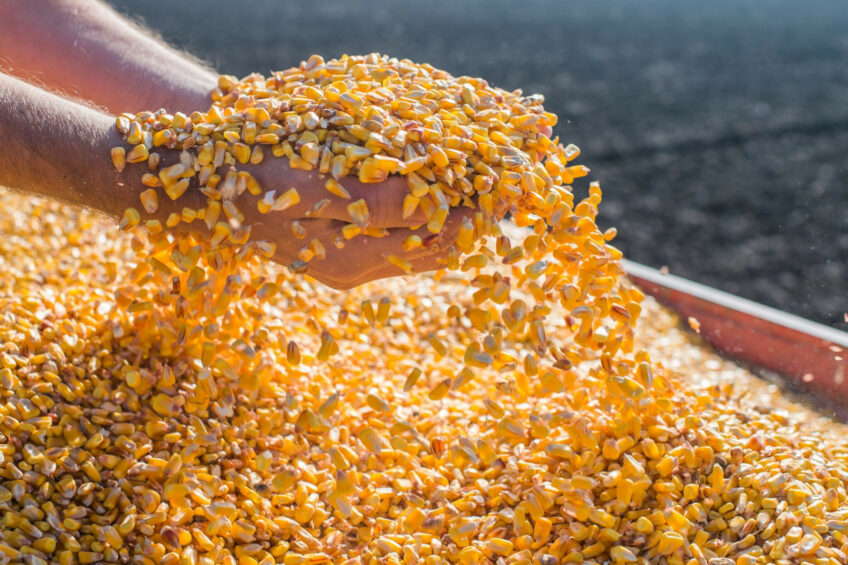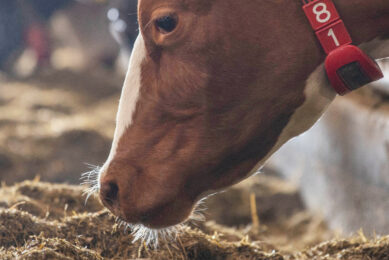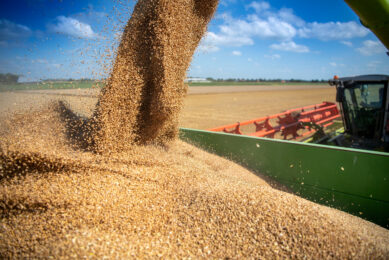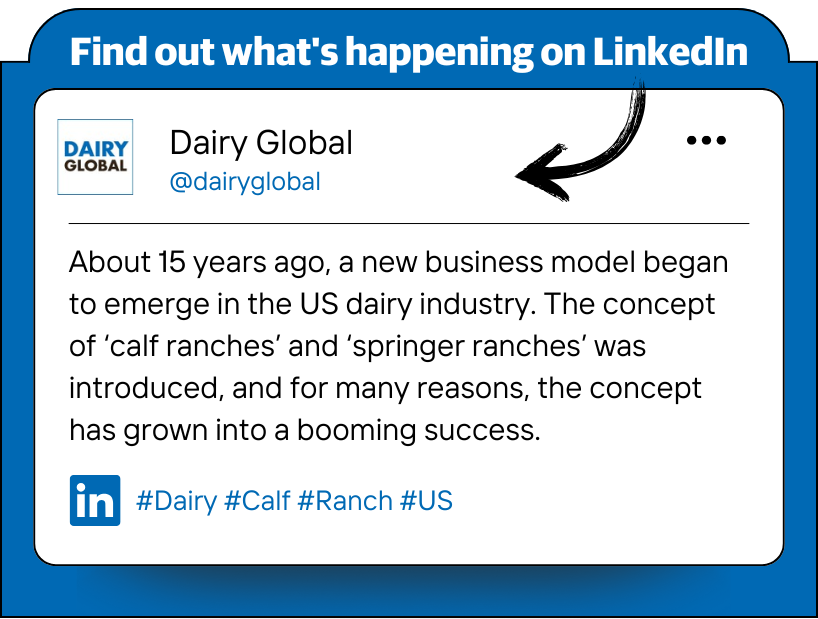The value of a good strategy to combat mycotoxins in dairy

Mycotoxins represent a significant and widespread challenge for the livestock sector worldwide. In dairy cows it can have a devastating impact on feed efficiency, reproduction and milk production, and can negatively affect growth. Dr Wade Robey discusses physiological impacts, mitigation and the value of a good strategy.
There have been many discussions about increased mycotoxins in silage – why is this?
It’s certainly not a unique event. Mycotoxins can be prevalent one year and less prevalent in another, depending on agronomic or climatic conditions. Once the crops are harvested, the ensiling process can also promote fungal growth, which can lead to mycotoxin production. Ensiling is both an aerobic and anaerobic process. During the aerobic phase before the lactic and acetic acid build up, you can get mould growth that can lead to mycotoxin production.
Year after year, different mycotoxins tend to be prevalent. There are many mould species, but a few of them are the ones we worry most about, for example, Aflatoxin, Zearalenone, Ochratoxin, T-2 toxin, Deoxynivalenol. These pose a significant danger to animals like dairy cows, exhibiting different types of physiological impacts. Some are more concerning, like Aflatoxin that can pass through to milk. There is also the issue of them being combined, so if you have more than one type of mycotoxin, it’s not a 1 plus 1 equals 2 – it becomes a 3 or a 4; it becomes magnified.
How does this impact dairy production and producers?
The impact does not really change as they are fairly consistent physiologically across species. In dairy cows, some mycotoxins directly impact weight gain, feed efficiency, overall animal health and gut health. Some are more toxic to the reproductive system of the animal and can cause high rates of abortion, affect calf weight and cause issues with milk production and component yield.
A high-producing animal is more susceptible, which can have greater stress nutritionally and from a reproductive perspective. A calf is also highly susceptible – dairy or beef – as the rumen isn’t yet very well developed. The rumen is the first line of defence for the animal. The rumen microflora can deal with some of the toxins but some can still get through and be absorbed.
Are there enough mitigation strategies in place in the US?
I can argue and say ‘no’. It’s not just mitigation, but the steps leading up to that. It’s about understanding what’s going on in your area and region – is it a season where you can expect an increase in mycotoxins to be present because of the climatic conditions? Are you paying close attention to various reports from agencies like the USDA, which track mycotoxin prevalence and offers published reports? You also need proper surveillance in place for information – regional labs, university departments, use of the on-farm Elisa kits for real-time testing.
Once the toxins form, you can’t really do anything about it other than mitigate it in the diet. Binder products are useful as they can bind the toxin in the digestive system, which prevents it from being absorbed or doing damage directly to the intestinal epithelium. It changes every year – at the end of 2024 we were concerned about Zearalenone, Deoxynivalenol and Aflatoxin is always a worry as it can pass through to milk, and there is the human aspect of it.
Let’s talk about susceptibility to mycotoxins – can you comment?
As mentioned, the calf is really sensitive to this due to an underdeveloped rumen. Their flora isn’t what can be found in a mature animal, so they are more susceptible. An animal that is compromised by anything else – poor nutrition, disease conditions, environmental conditions on a farm – will be more prone because their immune system and natural defences are weakened. And certainly, a high-producing animal that is not in good condition is also likely to be impacted.
It could also be that the animal is affected by the toxin level, which can overcome the defences, and because it is absorbed and goes to the liver, kidneys and reproductive organs, you can see direct damage. That is something that the best nutrition cannot overcome. You can’t give the animal a vaccine to help, or antibiotics – you have to bind it and get it out of the animal.
Is it possible for a farm to be completely mycotoxin free?
No. Even if a farmer grows their own corn or does their own ensiling, raising dairy cows and making their own TMR, they are always present. There will be toxins at some level, so having a continuous mitigation strategy in place is what is recommended, and then increasing that when you know there is a particular concern and during a particular season. Having a broad-spectrum product is a good strategy for protection against toxins – the cost is quite low when you consider the value.
With animals impacted, there can be an overall health decline, and growth is affected. And in dairy cows you will see milk production being affected, and there might be changes in the component yield – the milk fat and protein – if the animal is severely impacted. There should be surveillance on the front end, using test kits etc., to understand what the issues are. In addition, there should be at least a moderate level of protection in the diet, because you can’t see toxins in the feed. Binders and mould inhibitors generally offer a way to make sure that you have a solid and good ration for the dairy cow. It’s a good strategy.
Join 13,000+ subscribers
Subscribe to our newsletter to stay updated about all the need-to-know content in the dairy sector, two times a week.










